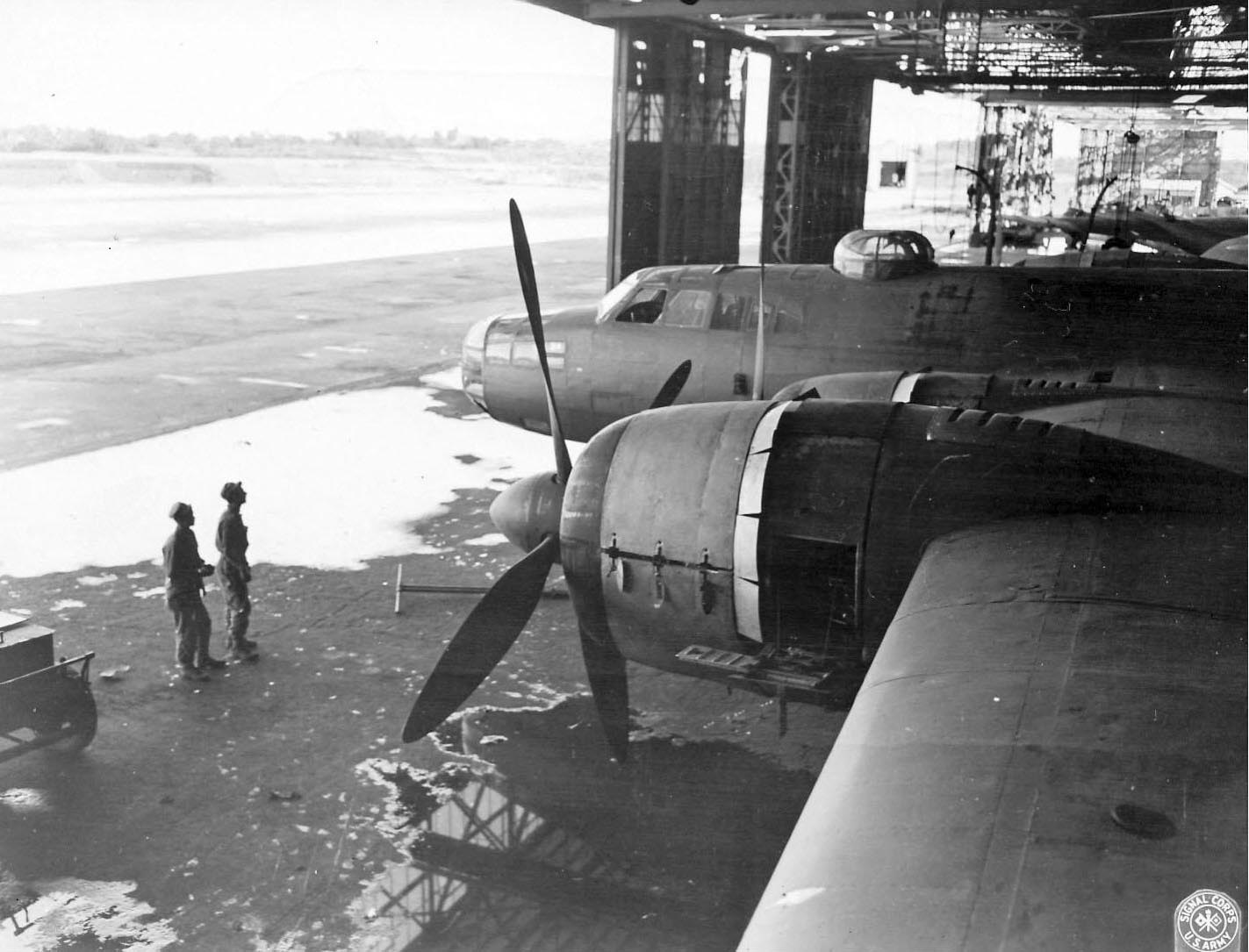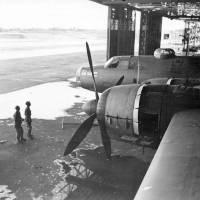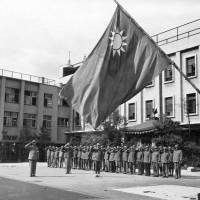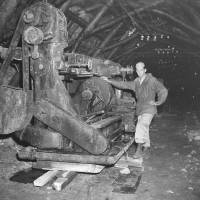Rare images of an underground munitions plant built by the Imperial Japanese Army toward the end of World War II have been found preserved at the U.S. National Archives, a Japanese group studying wartime remains said.
The 17 photos of the facility in Takatsuki, Osaka Prefecture, dated two months after Japan surrendered to Allied forces in 1945, were found among copies of some 500 photographs at the archives brought back by Toru Fukubayashi, who heads the group in Kyoto, when he traveled to the United States in May.
Toru Hashimoto, 75, who heads a group for preserving the remains of the facility, said: "They are rare materials as pictures and documents regarding the underground factory are almost nonexistent in Japan."
Under its wartime code name, the facility was referred to as "Tachiso."
One of the photos shows the pile-supported dugout with cables and a machine tool with a caption saying machinery was found 600 feet (180 meters) from the entrance of the dugout. There was also one showing accommodation for Korean workers who are believed to have been involved in the factory's construction.
"It clearly shows what kind of living environment the Korean workers were in," Hashimoto said.
The construction of the facility, initially intended for storage purposes, began in the fall of 1944. The Imperial Japanese Army later changed the plan and aimed to set up a factory there, but the war ended before it came into operation.
While many parts of the remains have collapsed, some sections of its tunnels and entrances remain intact and are open to tours organized by preservation groups.
Other images brought back by Fukubayashi included those of a Zero fighter and captives in uniforms and standing before a Chinese flag.






